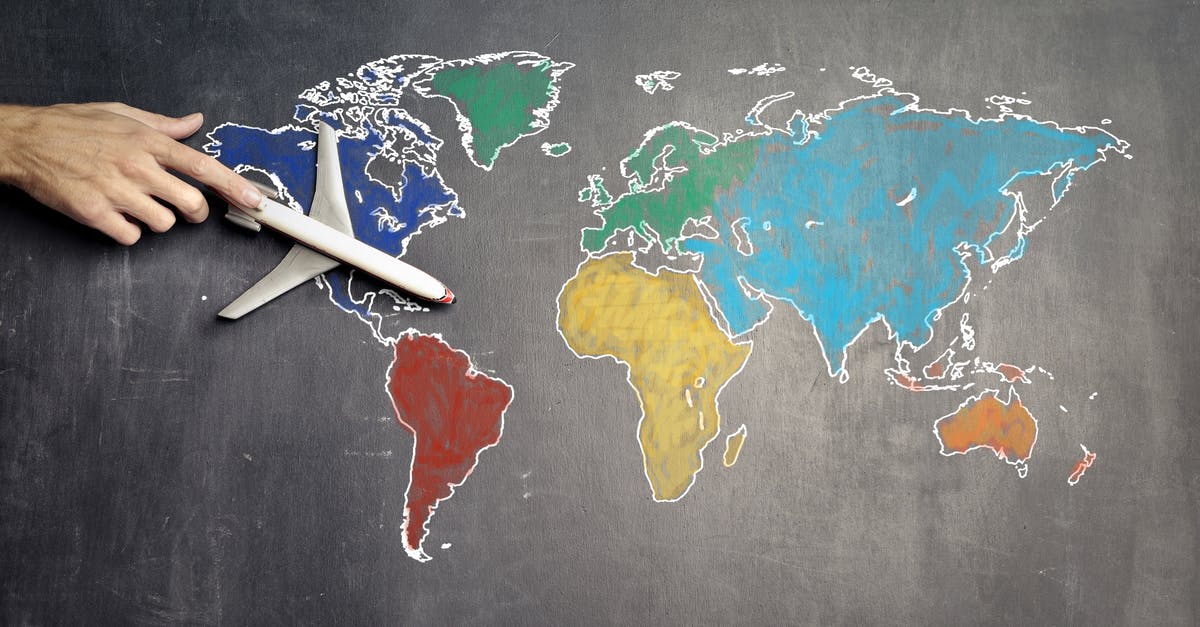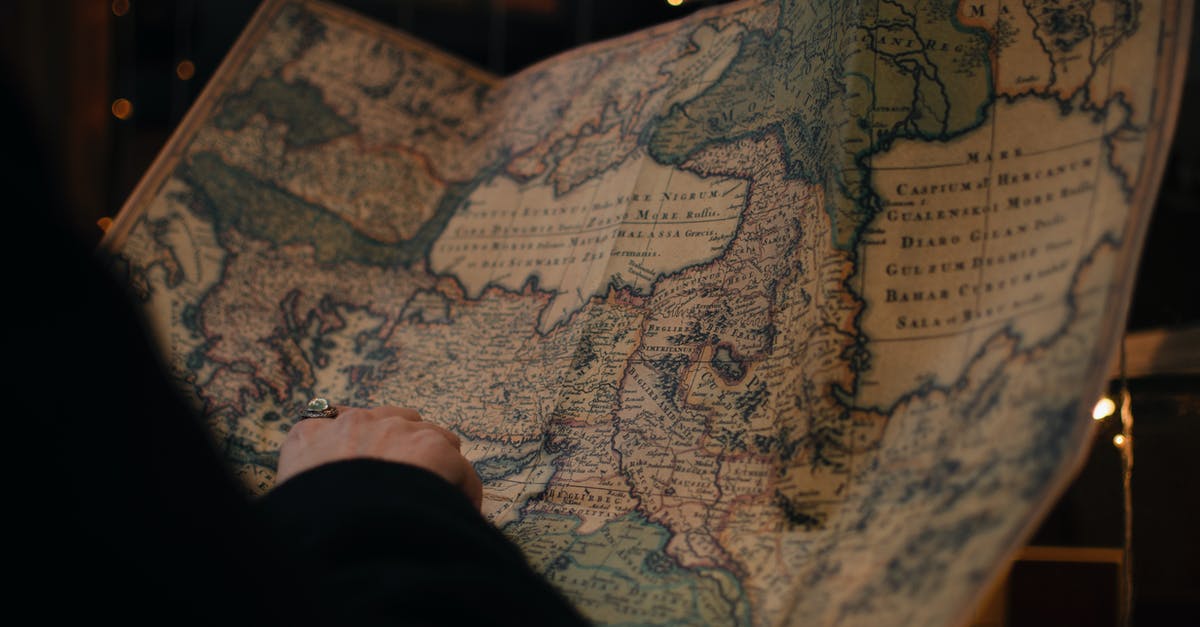Strategy after Navigation

In Kittens Game, up to researching Navigation, things go fairly quickly; there is always something to do, something worthwhile to build. Post-Navigation, things slow down a lot.
The successor technologies are Architecture (fairly useless at first except as a stepping stone to Acoustics), Physics, and Geology. All of these carry a hefty price tag in both science and compendiums. To raise your science cap, you need to build observatories, which need a lot of scaffolds. Scaffolds are second-order crafts (wood to beams to scaffolds), while compendiums are third-order (furs to parchments to manuscripts to compendiums, leaving aside the slow trickle of manuscripts from your steamworks). So you need a high crafting ratio to make these things efficiently.
Thus, there is a long, slow interval where the only effective strategy seems to be to keep your smelters running full blast; for iron, to build harbours, so you can improve your workshop; and for gold, to improve your tradeposts and buy iron.
Building ships does not seem useful at this point, with only enough starcharts to build a few, and Expanded Cargo not yet researchable. I’m slowly maxing out my population and infrastructure. Happiness is pretty good. I’ve researched a few useful things from Order of the Sun. I’ve stopped making steel to save iron, and I’ve stopped making manuscripts to save the time spent hunting. But things continues to crawl along slowly.
Currently, workshop is at 38 for a crafting ratio of 3.33 with artisan leader. Three observatories for a science cap of 40.75k. Population 67. It seems like perhaps I should bite the bullet, cut a ton of wood for more observatories, gradually research Physics and Chemistry, and enter the titanium age. But it will take a long time.
Any suggestions?
Best Answer
On your first run through the game, the first big hurdles are Theology and the titanium buildup. You're not wrong that it's slow and frankly you'll need every resource you can get your hands on.
- You need all the wood. You will be building ships, both for cargo and trading benefits (if you haven't yet built a ship, do so, and then explore). You will be building Observatories, both for science caps, and more starcharts. Harbors for storage, to build more things. Get more wood.
- You're not wrong about iron. Keep your smelters running. Again, if you haven't built a ship yet, do so. You will find another source of iron. You need it for... well, everything you need wood for too. Gold too, not just for tradeposts. Build that ship.
- If you need more minerals, build more mines (what's that take? More wood). Half the miners as there are woodcutters is usually how I play it, and that usually brings in equal amounts of wood and minerals.
- Alternate between buildings, and build what you generally have the least of, to make everything easier. Harbors let you build more workshops and housing. Workshop make scaffolds, ships, compendiums, all easier, keep maxed. More kittens is more wood, keep maxed. Scaffolds to build more Observatories, to get more starcharts, to get more ships.
- Use trades to get more metal, which will slowly get you blueprints for that Expanded Cargo upgrade, which will double the value of your ships. If you're not getting those blueprints, beeline Physics, which will let you craft them yourself.
- All of the titanium upgrades you can see should be mostly achievable before you reach Chemistry and Calciners. There is still a slow grind to this portion of the game, but it's not nearly as bad as you think.
Have fun.
I posted the above since you wanted a strategy, but I suspect the real answer is in the spoiler text...
Building a ship will allow the Explore option to find Zebras as a trading partner. Zebras will buy slabs and sell iron and plates, with a small chance to also sell titanium. The more ships you have, the higher the chance for titanium, and the higher the amount of titanium per trade.
Pictures about "Strategy after Navigation"



What are navigation strategies?
Navigation strategy is about devising an effective plan to find a target. Walking in a straight line to your target in one leg can be effective when the distances are small and or when the feature you are navigating to is large and obvious; e.g. a prominent loch.How can people improve their navigation skills?
How to Develop an Awesome Sense of DirectionWhat are essential skills needed for navigation?
Essential navigation skills- The map & how to use it. Learn about map scales, grid references to describe a location, and contour lines to describe the shape of the land.
- Planning & following a route. ...
- When navigation goes wrong.
Why is learning navigation important?
Simply having some basic navigation skills \u2013 like the ability to read a topographical map or understand the basic working of a compass \u2013 is a good way of reducing risk and increasing your confidence and knowledge.Quantum Assured Position Navigation and Timing | STaR Shot | Defence S\u0026T Strategy 2030
Sources: Stack Exchange - This article follows the attribution requirements of Stack Exchange and is licensed under CC BY-SA 3.0.
Images: Andrea Piacquadio, Andrea Piacquadio, Ivan Samkov, Ekrulila
